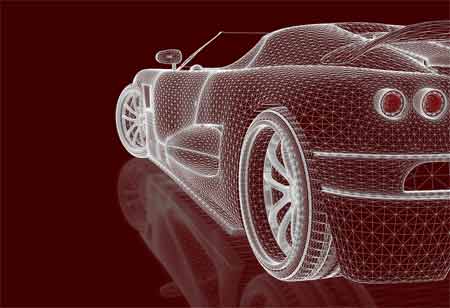THANK YOU FOR SUBSCRIBING
THANK YOU FOR SUBSCRIBING
Be first to read the latest tech news, Industry Leader's Insights, and CIO interviews of medium and large enterprises exclusively from Auto Tech Outlook

By
Auto Tech Outlook | Friday, October 04, 2024
Stay ahead of the industry with exclusive feature stories on the top companies, expert insights and the latest news delivered straight to your inbox. Subscribe today.
Automotive engineers may use automation and robots to assist in optimizing testing processes and data by automating repetitive operations, standardizing testing protocols, and increasing productivity. They can also use complex data analytics tools and techniques to examine vast amounts of data and extract useful information. Collaboration with data scientists and field specialists can help the test lab improve its data analysis skills.
Fremont, CA: This article examines the issues that automotive engineers experience while setting up test facilities for research and development and how to overcome such obstacles.
Designing an Efficient Layout for the Test Lab
Setting up an automobile test facility for R&D necessitates meticulous planning and design. One of the most challenging tasks is creating a practical layout that maximizes area use while ensuring a seamless workflow. The test facility should be set up so equipment is easily accessible and that transferring cars and components takes as little time as possible. This may be accomplished by designating locations for various testing operations and streamlining equipment placement and workstations.
Furthermore, the architecture should consider the test facility's safety features. To protect the safety of the engineers and technicians employed in the lab, the design should include emergency exits, fire suppression systems, and sufficient ventilation.
Ensuring Safety Measures and Regulations Compliance
Safety is of the highest importance in automobile test laboratories. Engineers must guarantee that the lab adheres to all safety procedures and regulations established by relevant authorities. This involves developing adequate safety standards, providing employees with personal protective equipment (PPE), and performing frequent safety inspections. All lab workers should get safety training to ensure they are aware of possible risks and understand how to manage emergencies.
Compliance with environmental rules is equally essential as safety precautions. Automotive test laboratories frequently deal with dangerous compounds and pollutants. It is critical to have suitable waste management systems in place and to monitor and regulate pollutants produced during testing.
Addressing Environmental Concerns and Financial Hurdles
Automotive test laboratories must address environmental challenges and devise long-term solutions. This involves lowering energy use, creating trash, and implementing green practices. Engineers can investigate renewable energy sources, develop recycling systems, and enhance testing techniques to reduce environmental effects.
However, addressing environmental problems is sometimes fraught with financial difficulties. Investing in energy-efficient equipment and technology, implementing environmentally friendly practices, and satisfying regulatory standards can be expensive. To tackle this difficulty, automotive engineers might apply for research funds, engage with industry partners, and investigate cost-cutting solutions that do not compromise quality or safety.
 Copyright © 2025 AutoTech Outlook. All Rights Reserved | Privacy Policy | Subscribe | Sitemap | About us | Feedback Policy | Editorial Policy
Copyright © 2025 AutoTech Outlook. All Rights Reserved | Privacy Policy | Subscribe | Sitemap | About us | Feedback Policy | Editorial Policy 



